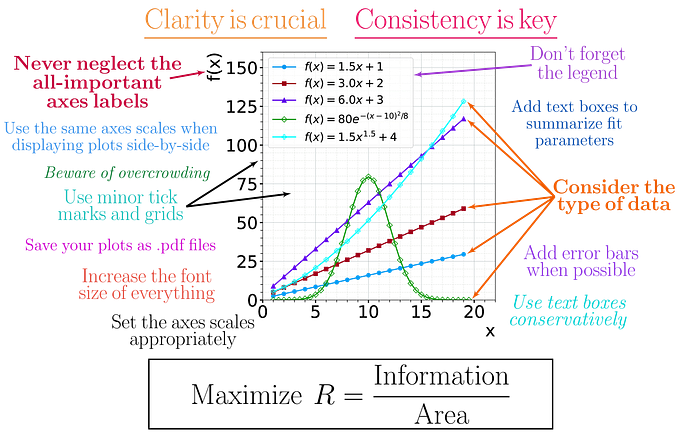Member-only story
Is Covid-19 Still A Threat? A Python Data Analysis
How many Covid-19 cases are there today?

Each individual COVID-19 case is dramatic and each death is a tragedy, but is it still a threat to the major parts of our society? Welcome to Python Data Science December #17.
We will explore the COVID-19 cases & deaths over time for different countries in Europe using Python Pandas, Plotly & Matplotlib. All resources, datasets, required Python libraries & installations are listed at the end of the story, in the chapter Summary & Resources.
📅 The Data
I came across a COVID-19 dataset for the countries in the European Union from Eurostat. We will use it as the baseline for our article today.
I am using Python Jupyter notebook to examine the data, but you can also just take a regular Python script. To get a first impression of the data, let’s install & import Pandas and read the file into a Pandas DataFrame.
import pandas as pd
df = pd.read_csv('data.csv')First, let us explore the dataset running df.info().
df.info()<class 'pandas.core.frame.DataFrame'>
RangeIndex: 9486 entries, 0 to 9485
Data columns (total 11 columns):
# Column Non-Null Count Dtype
--- ------ -------------- -----
0 country 9486 non-null object
1 country_code 9180 non-null object
2 continent 9486 non-null object
3 population 9486 non-null int64
4 indicator 9486 non-null object
5 weekly_count 9078 non-null float64
6 year_week 9486 non-null object
7 rate_14_day 8997 non-null float64
8 cumulative_count 9078 non-null float64
9 source 9486 non-null object
10 note 0 non-null float64
dtypes: float64(4), int64(1), object(6)
memory usage: 815.3+ KBWe have 9486 rows of data structured into 11 columns. Let’s have a closer look at the first rows of the dataset and some random sample rows.
df.head() #returns the first 5 rowsdf.sample(n=10) #returns a random sample of 10 rows







